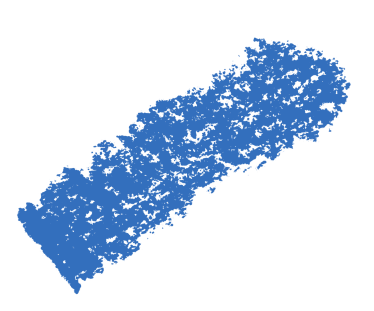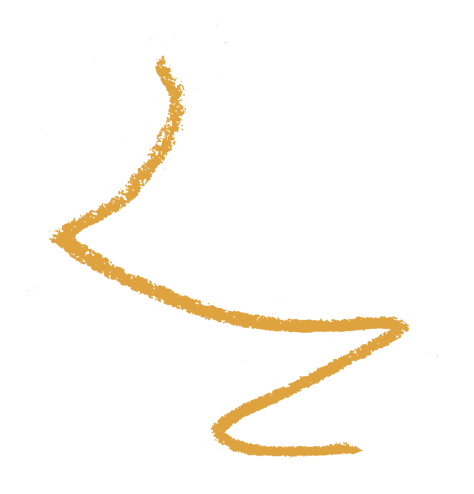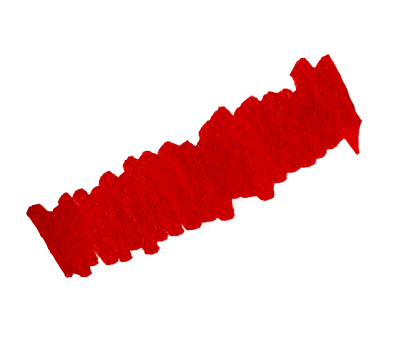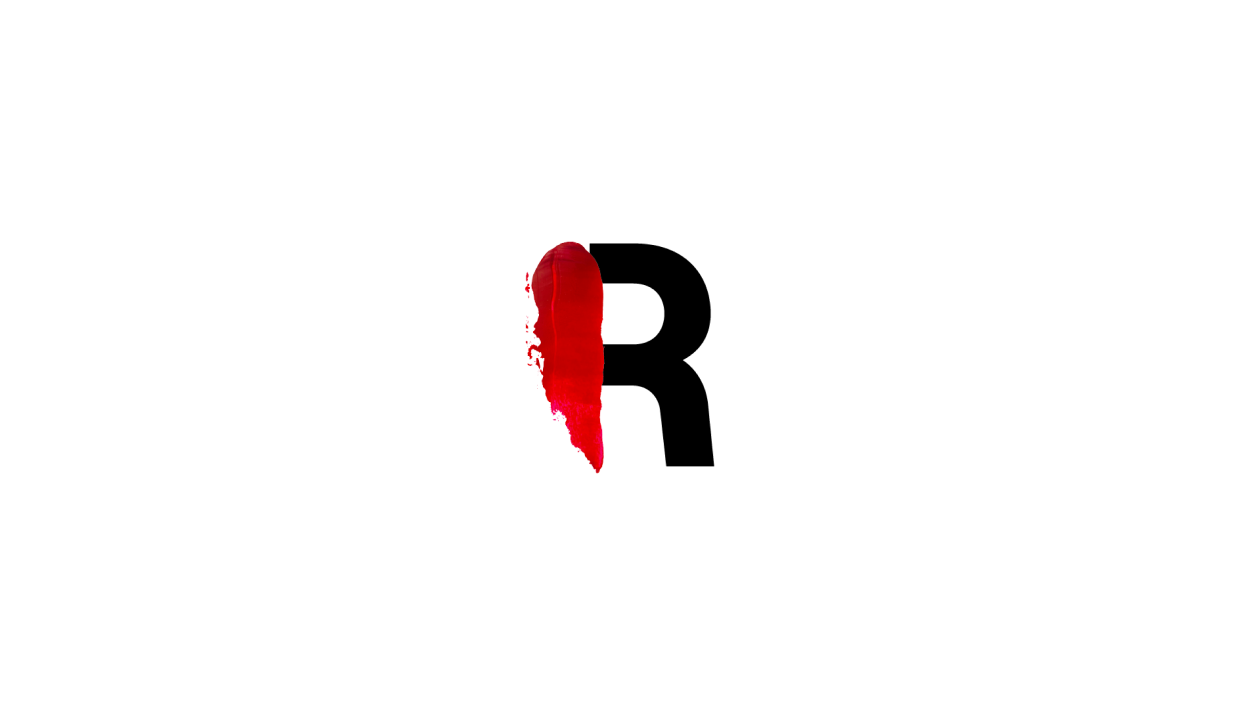
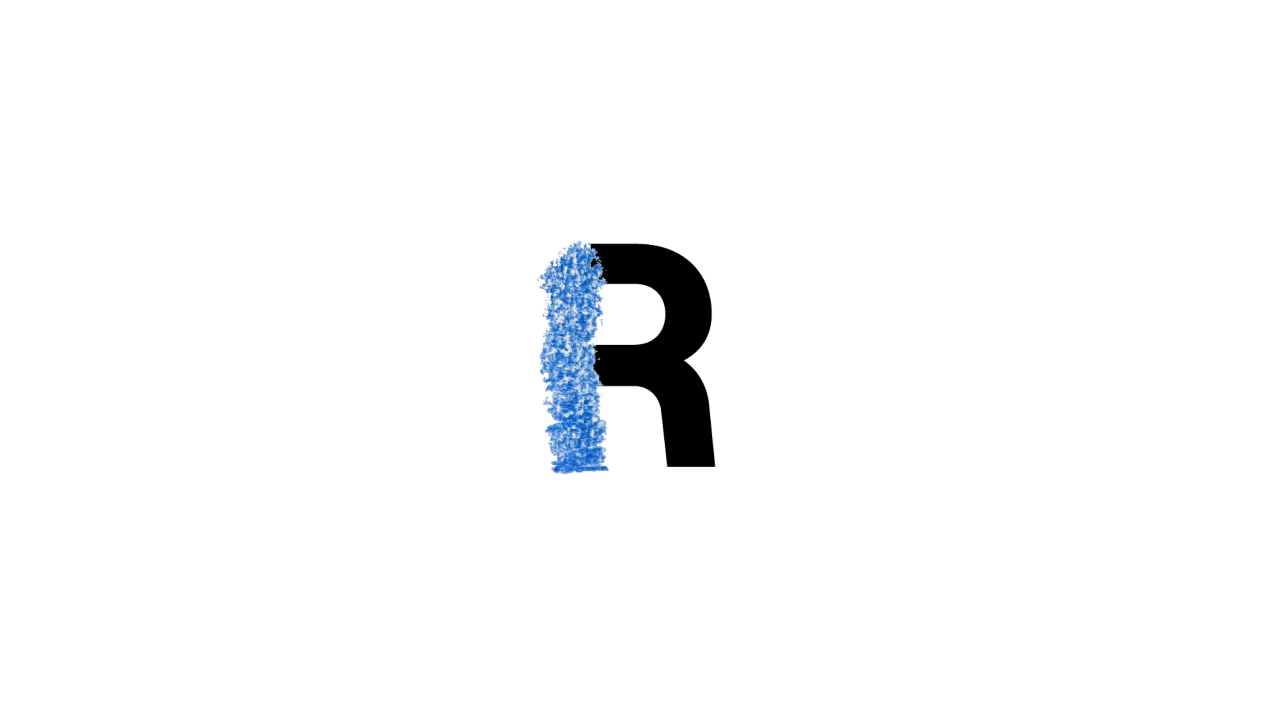
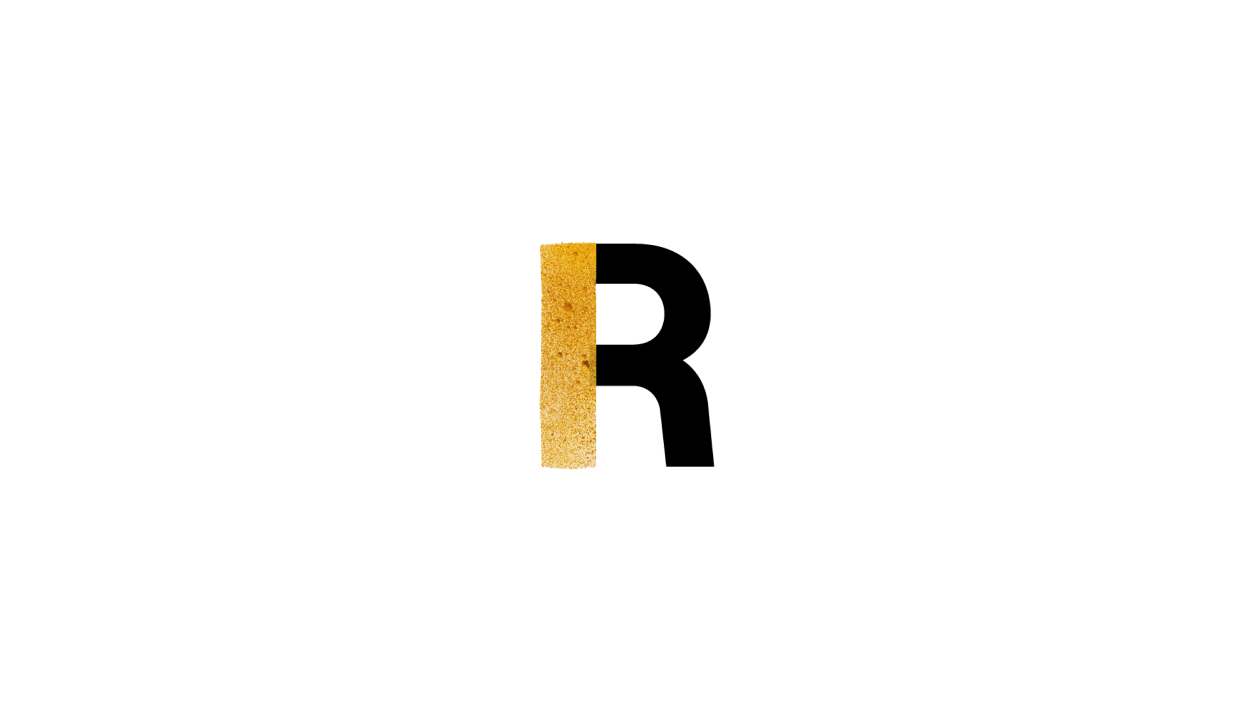
Nature
Our definition of nature is simple: nature is everything that surrounds us that hasn’t been built or modified by humans.
This would include forests, waters, animals, etc. While we often think of nature as existing outside of our inhabited environments, it can also be found in our cities and towns―like the neighbourhood squirrels living among us.
Nature is both fragile and forceful. It is the delicate plants reborn each spring and the raging sea that washes away everything before it. Above all, nature fascinates us with its complexity and beauty. How could we ever remain unmoved before the spider’s delicate web or the seasons’ ever-changing palette of colours?
A love of nature was instilled in Jean Paul during his early years. As his scout leader noted, “He has a passionate love for scouting and nature.” We know that he would often go canoeing and fishing as a boy. He also spent the long days of summer out painting in nature with his art teacher. In the city, they would paint still lifes, work which Jean Paul approached in his usual playful manner, giving one of his pieces the title Nature bien morte (Very Still Life)! One of his very first works is called Hibou premier, and he would go on to paint owls his whole life.
In his twenties, he went on vacation with his parents to Saint-Fabien-sur-Mer, in Québec, where he painted numerous pieces showing the nature found in the Bas-Saint-Laurent region.
Even as he worked on his grand abstract pieces in the 1950s and 60s, Jean Paul’s connection to nature never wavered; his colourful mosaics were exploding with life. He also continued his regular excursions into nature while living in France, in Vétheuil and Saint-Cyr-en-Arthies. He would go fishing and hunt wild boars, like Obelix the Gaul! Beginning in the 1970s, his work is marked by the hunting and fishing trips he would take in Northern Québec: geese, moose, icebergs, leaves and the wind were increasingly present in his pieces.
As he neared the end of his life, he moved into a beautiful home on Isle-aux-Grues, near the shores of Montmagny.. He lived by the rhythm of the snow geese. His final work, L’Hommage à Rosa Luxemburg, completed in 1992, bears witness to his full engagement with nature.
This is where he died, in his island home, on March 12, 2002.
Read more
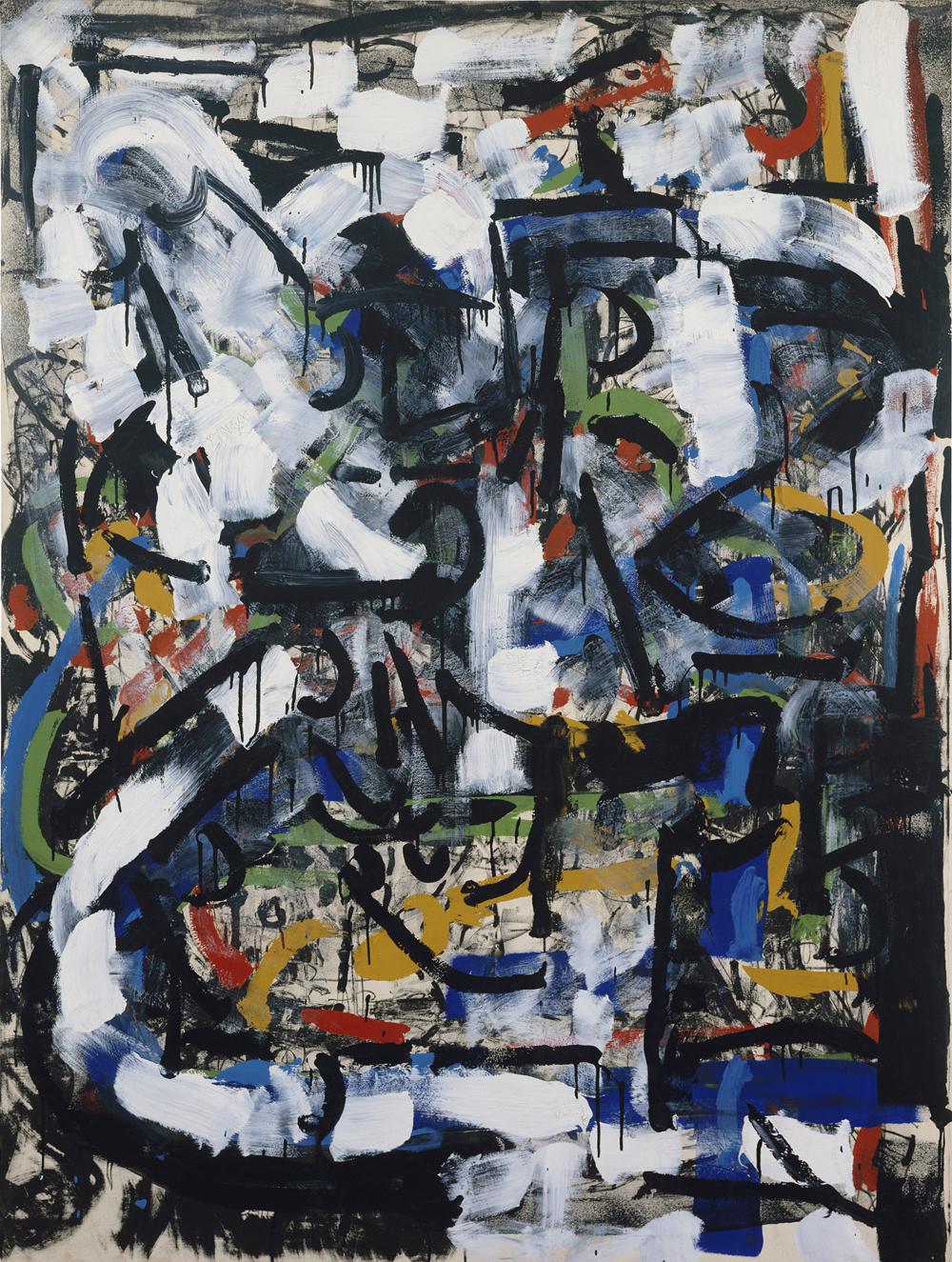
Jean Paul Riopelle, Paysage, acrylic on lithograph mounted on canvas, 160 x 120 cm (1971) © Estate of Jean Paul Riopelle / Copyright Visuals Arts – CARCC (2023)
" It's been said that nature was always present in my work. It's because I always went toward nature, or at least I hope I did, rather than coming from nature. "
Jean Paul Riopelle – Source: Philippe Briet. Excerpt from an interview published in the exhibition catalogue for Riopelle, Peintures, estampes, Musée des beaux-arts et Hôtel d’Escoville, Caen, May 12 – July 15, 1984. S.p.
Browse the works in the collection Nature
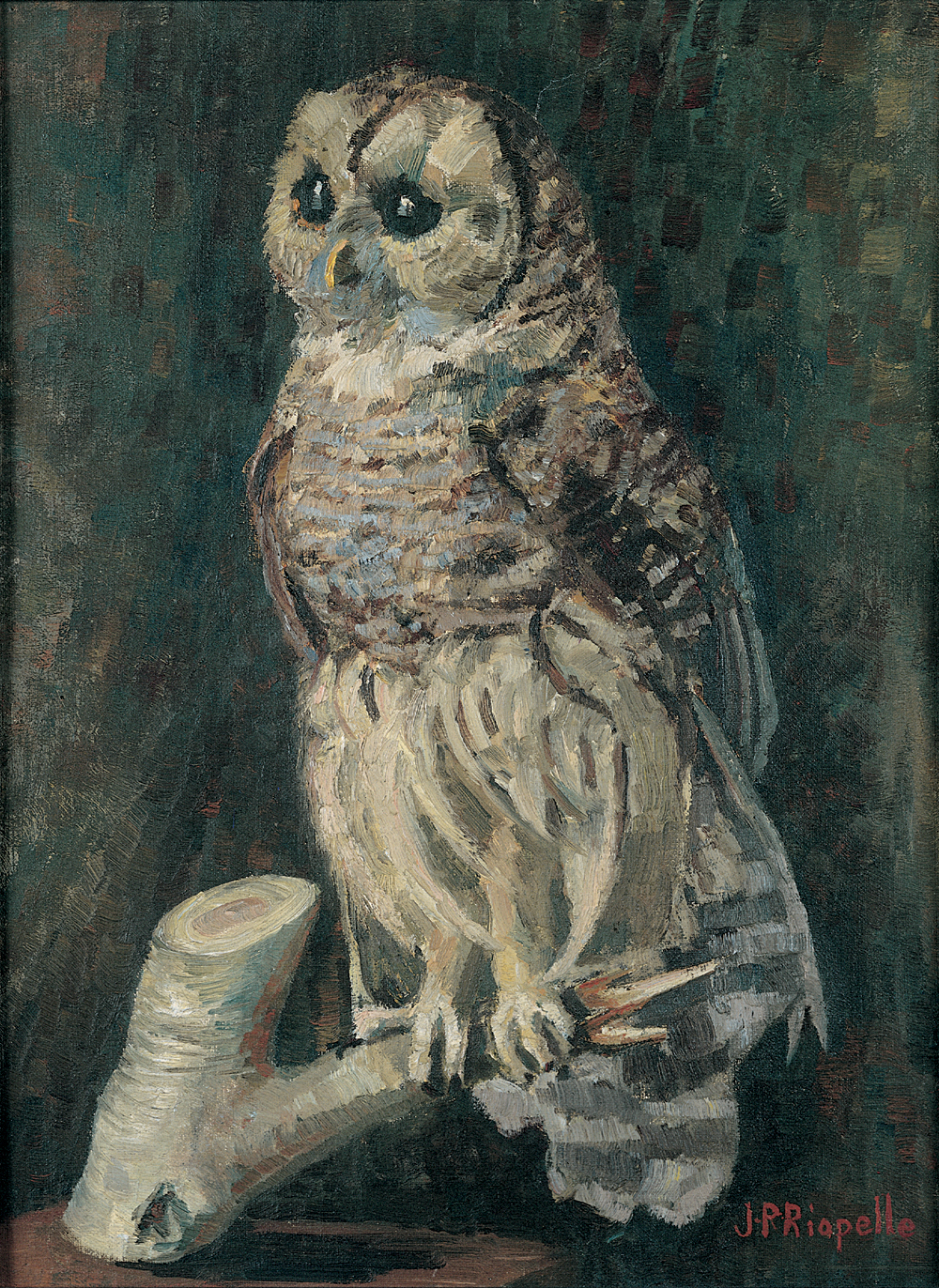
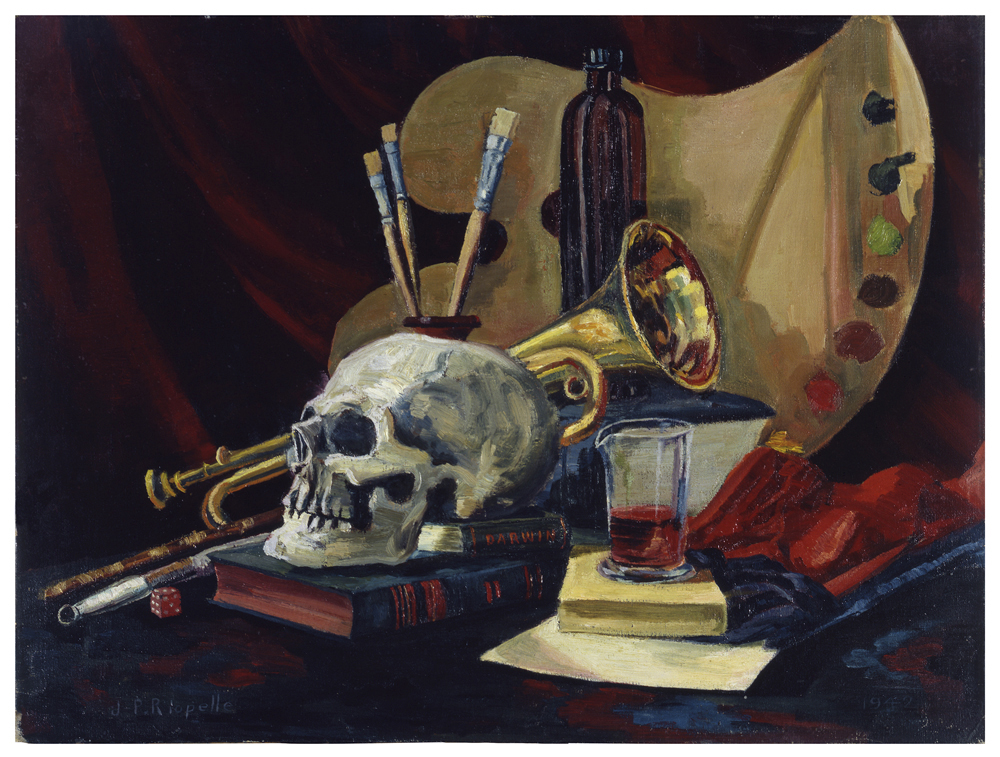
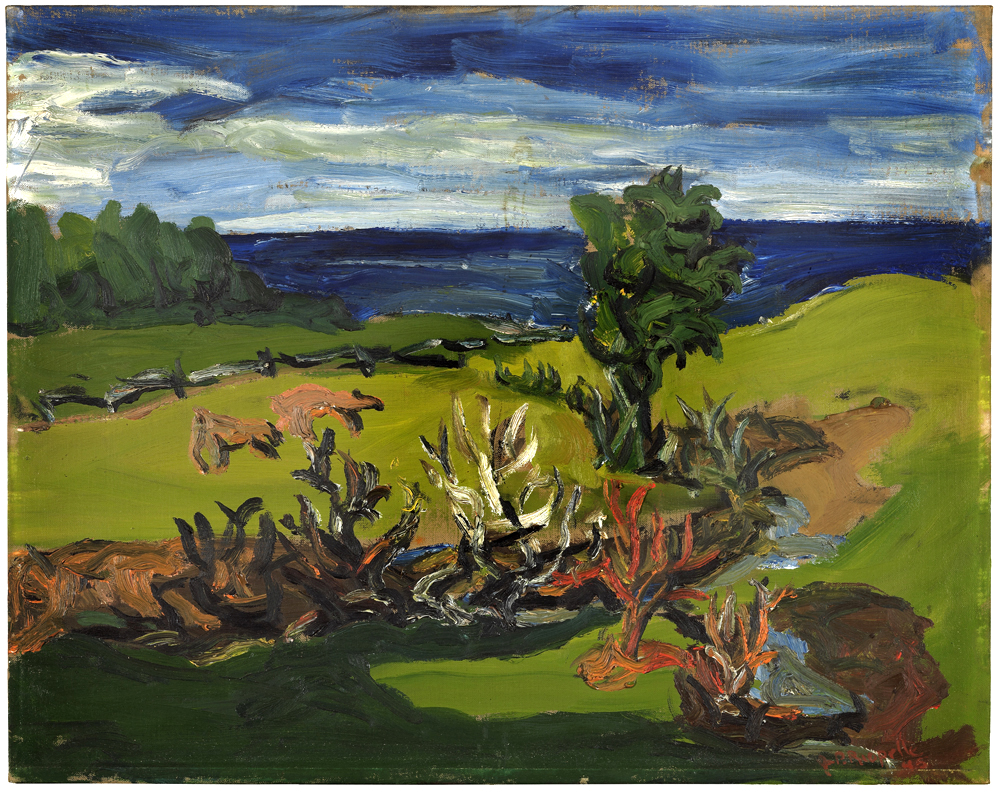
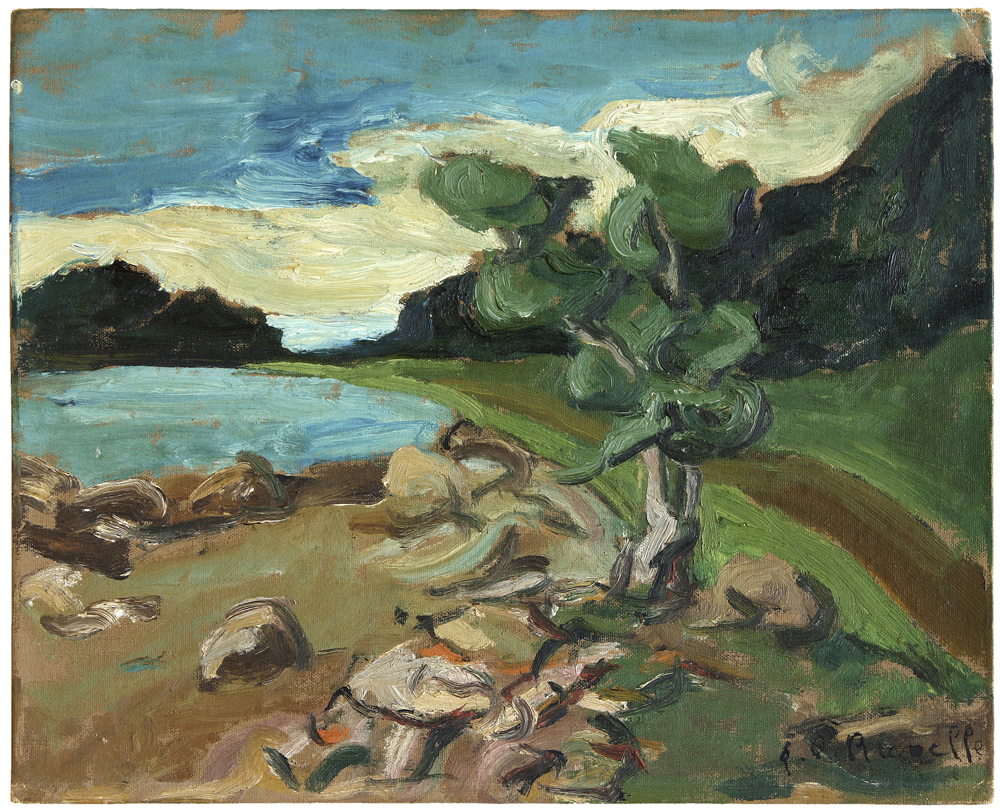
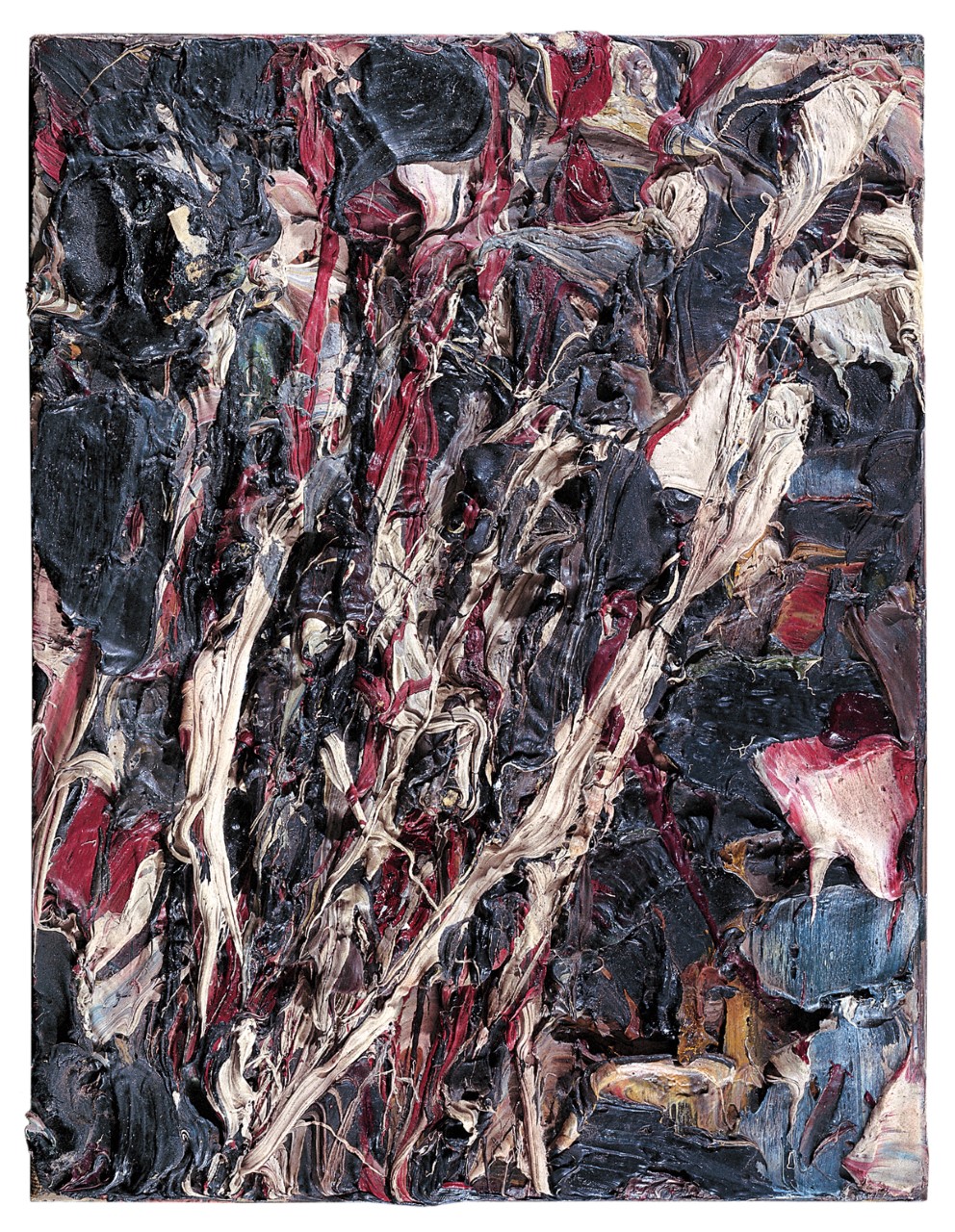
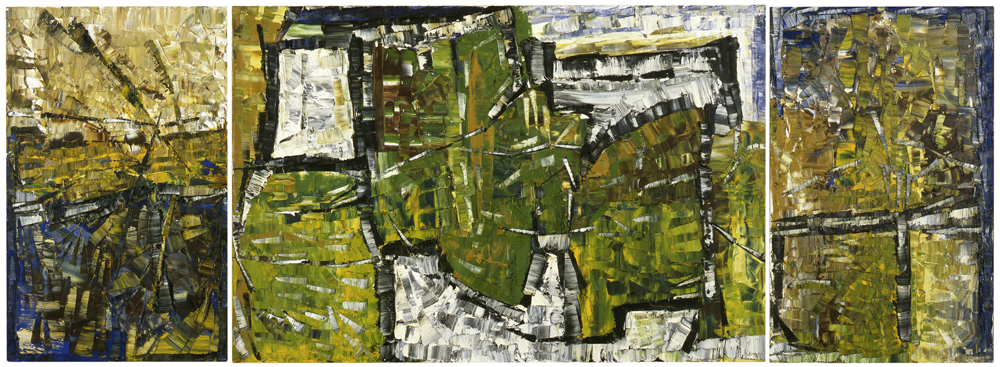
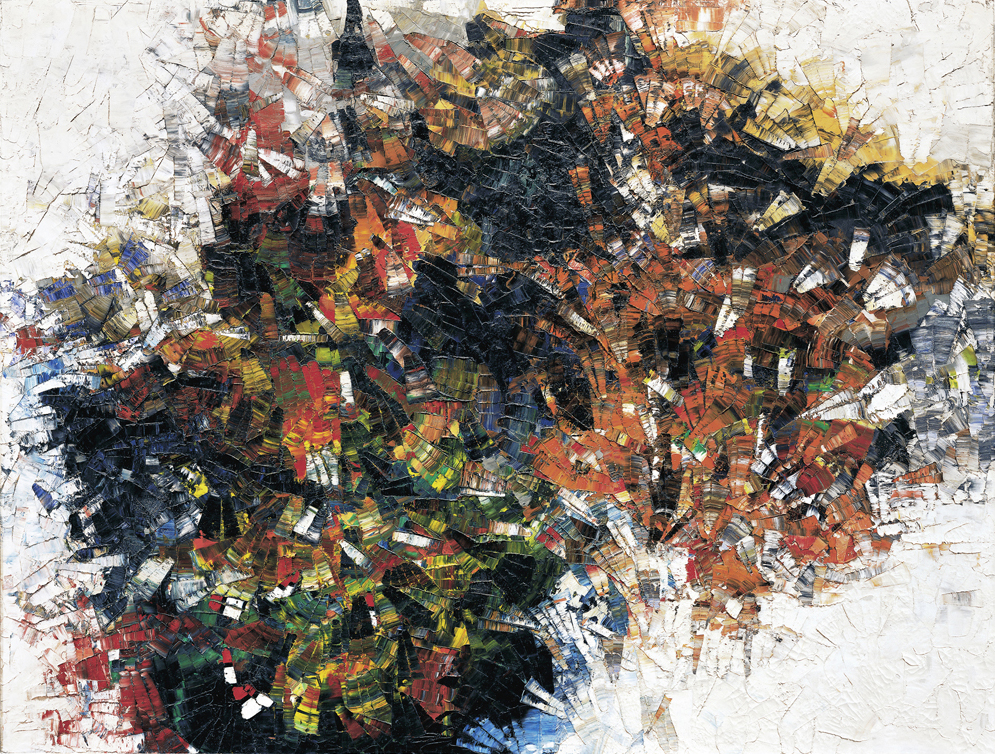
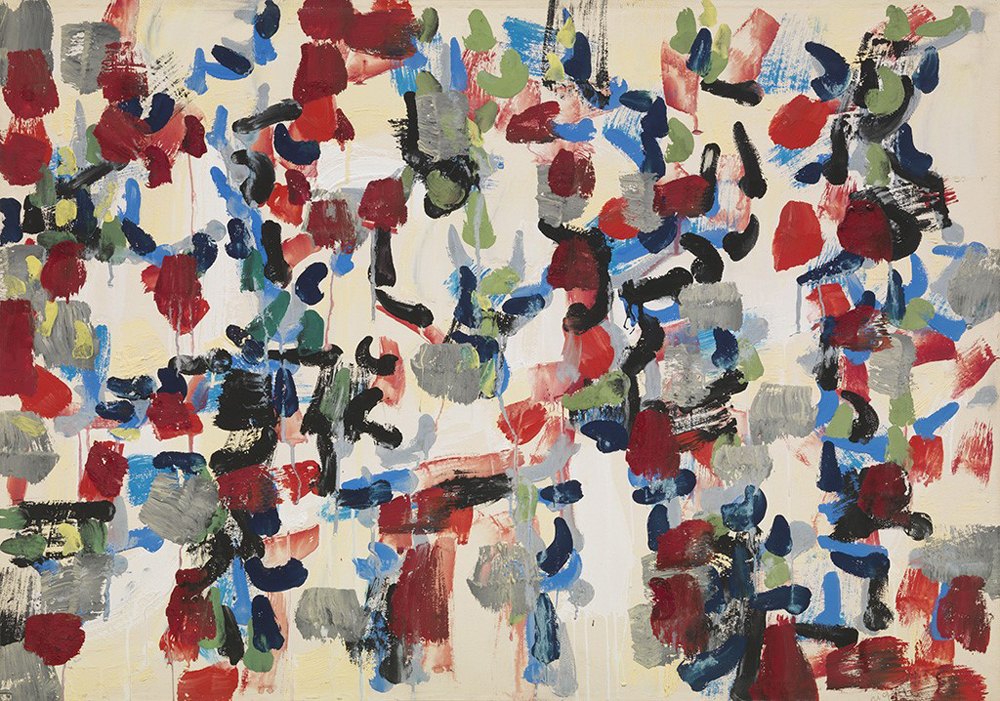
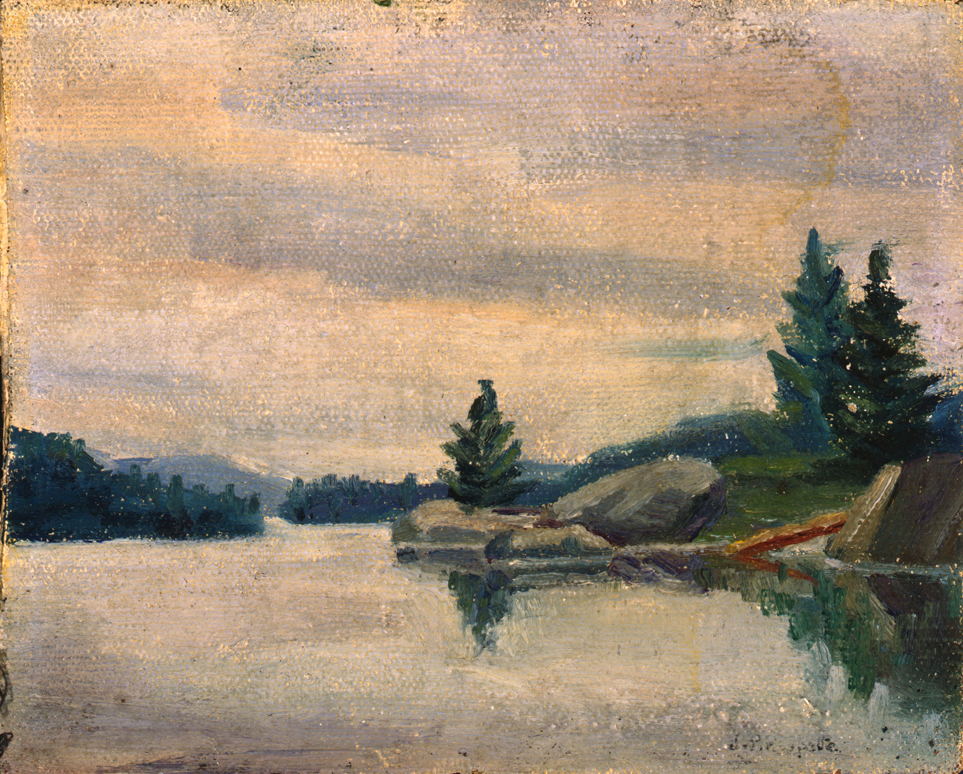
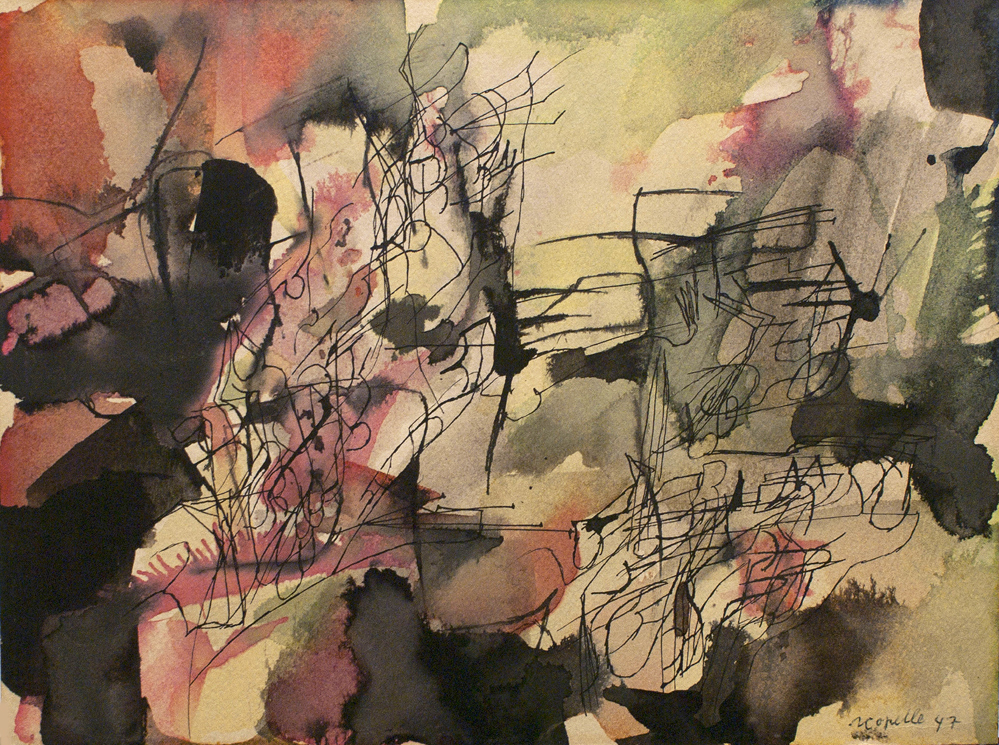
Discover photos
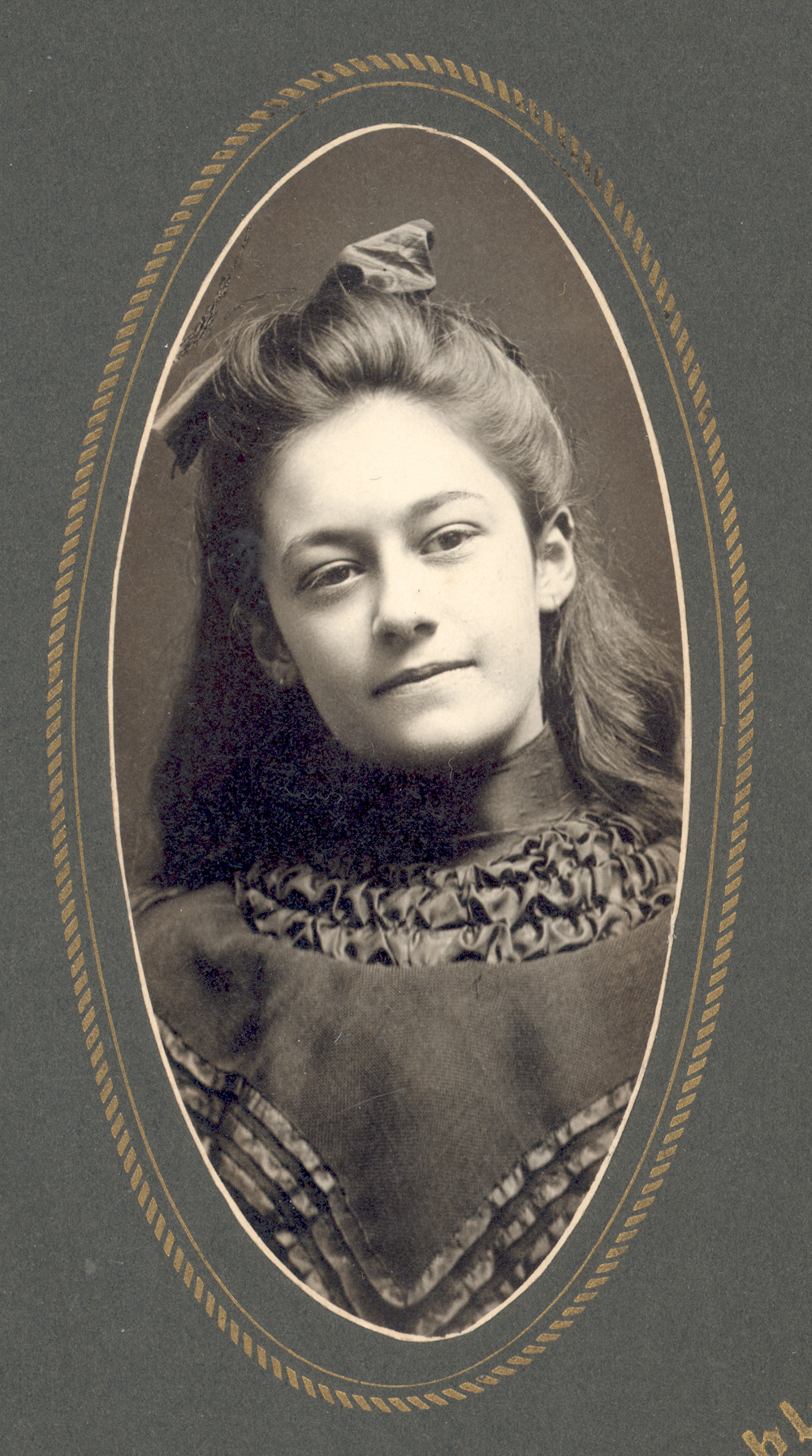
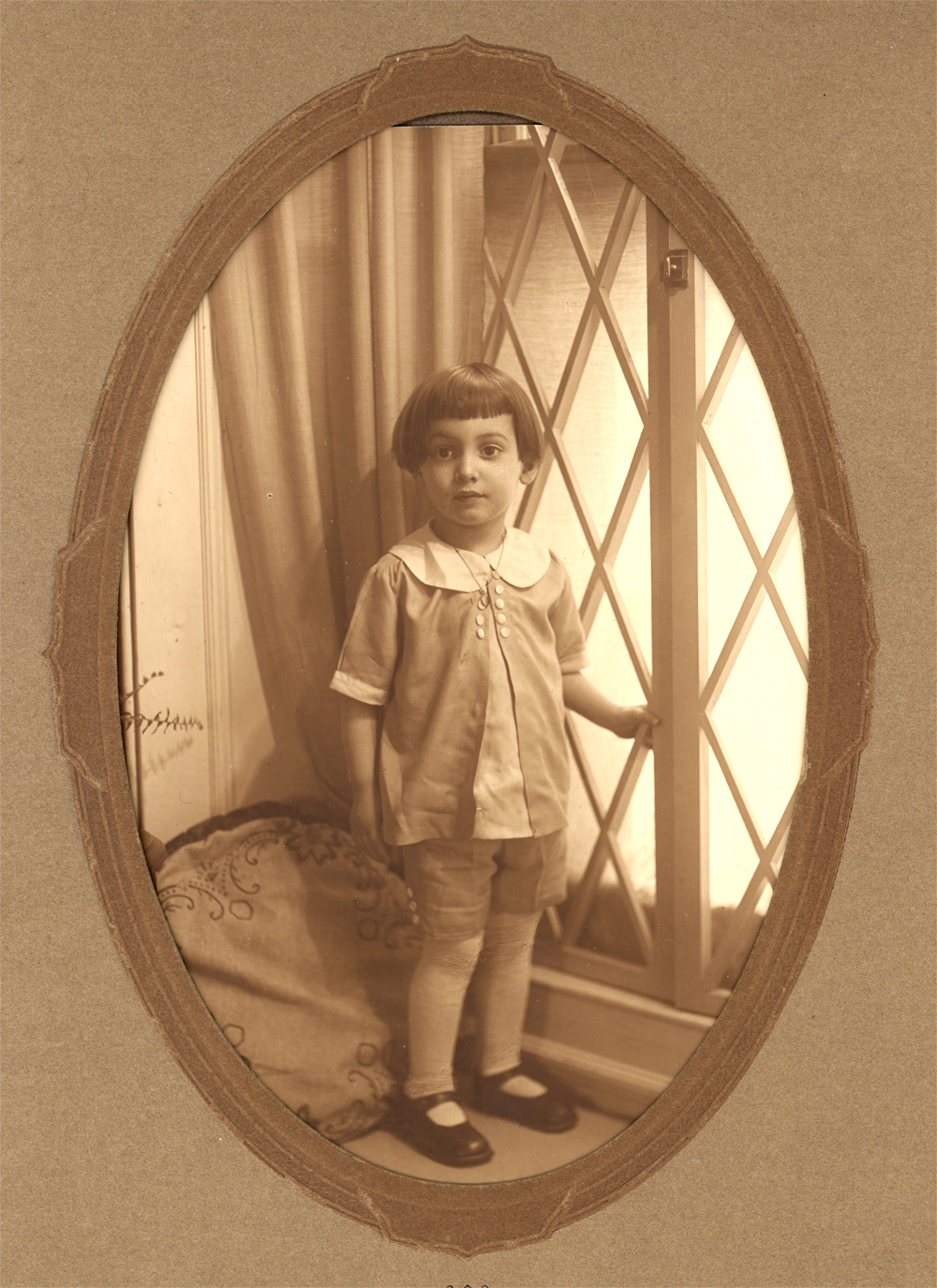
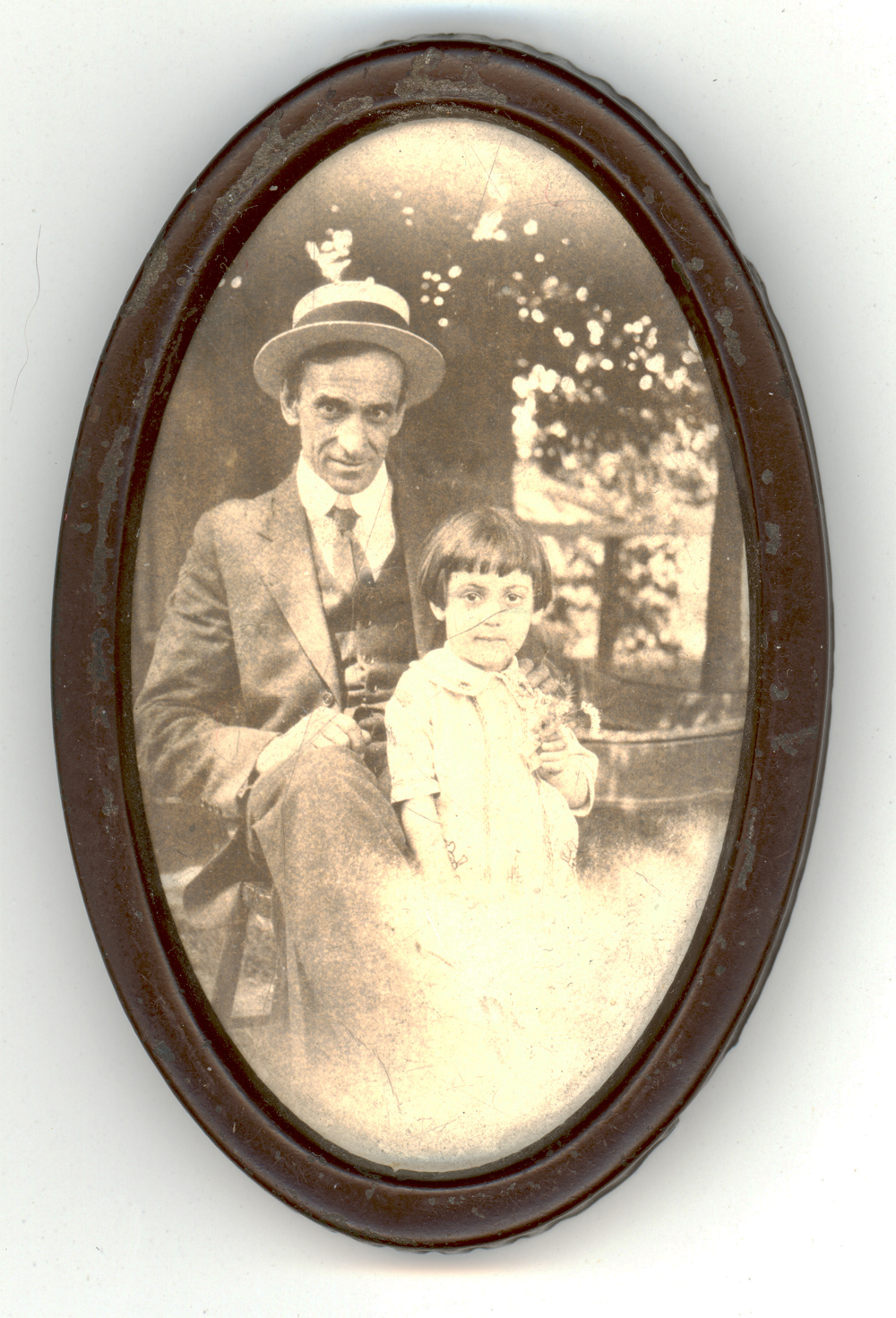
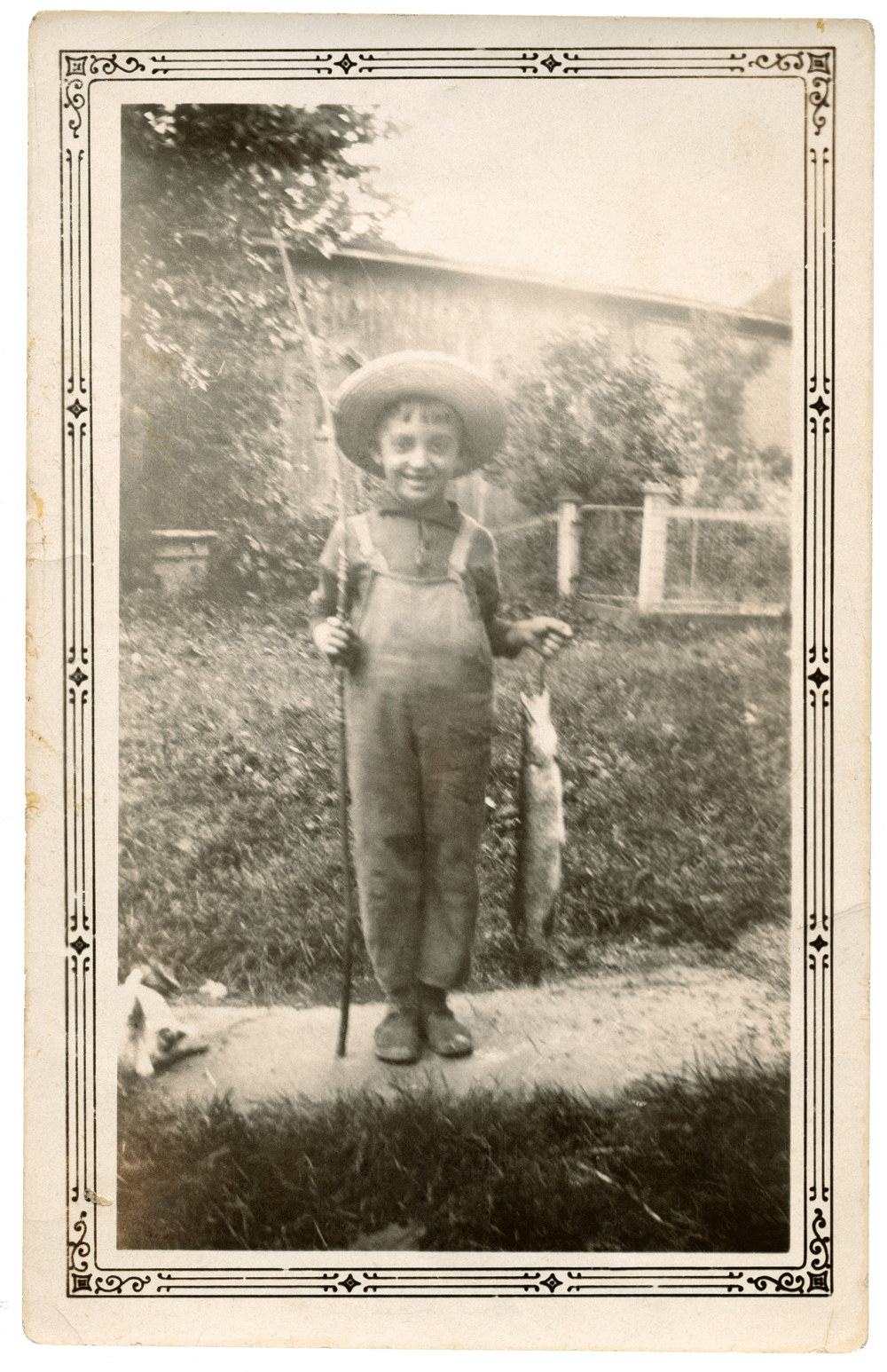
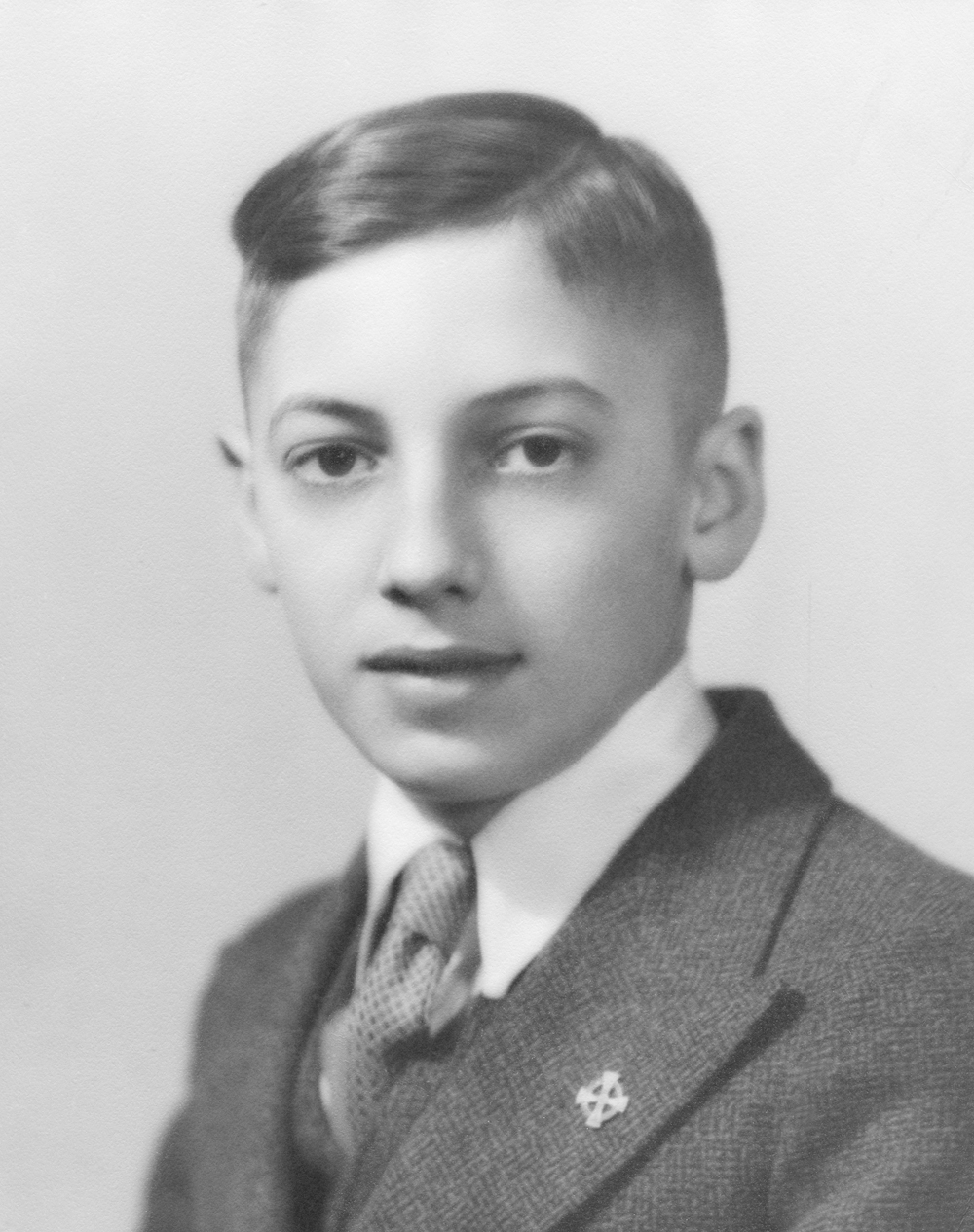
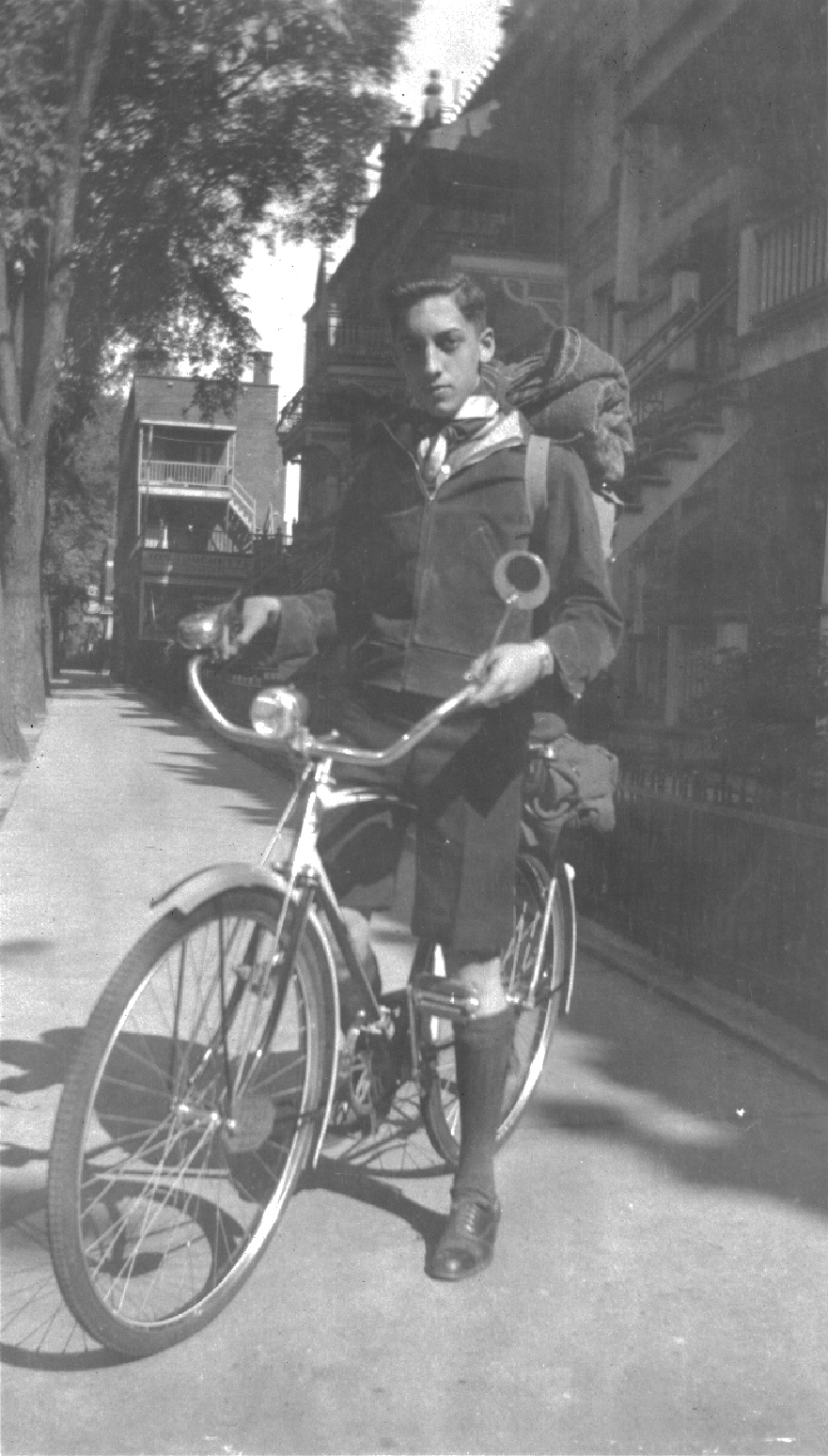
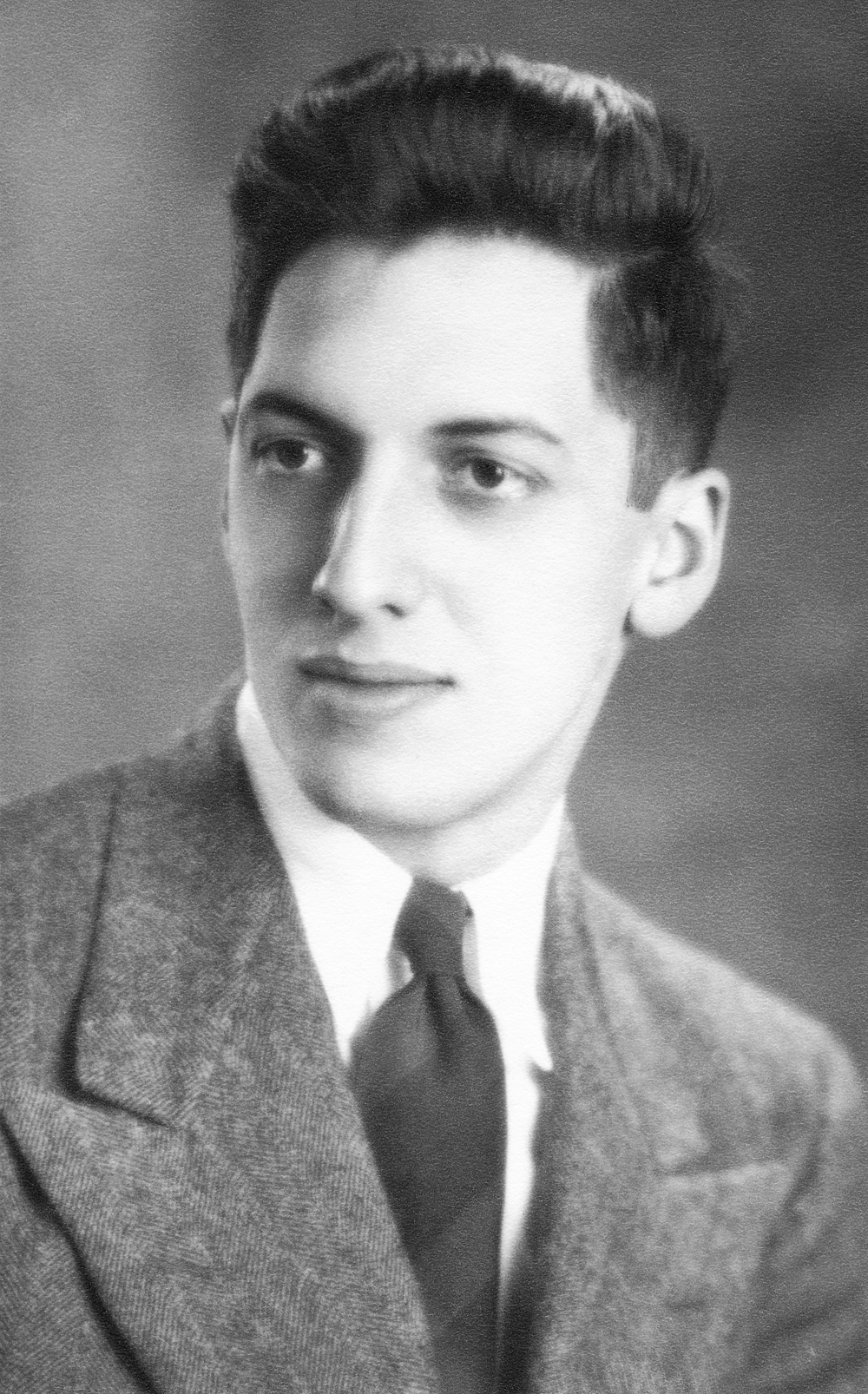
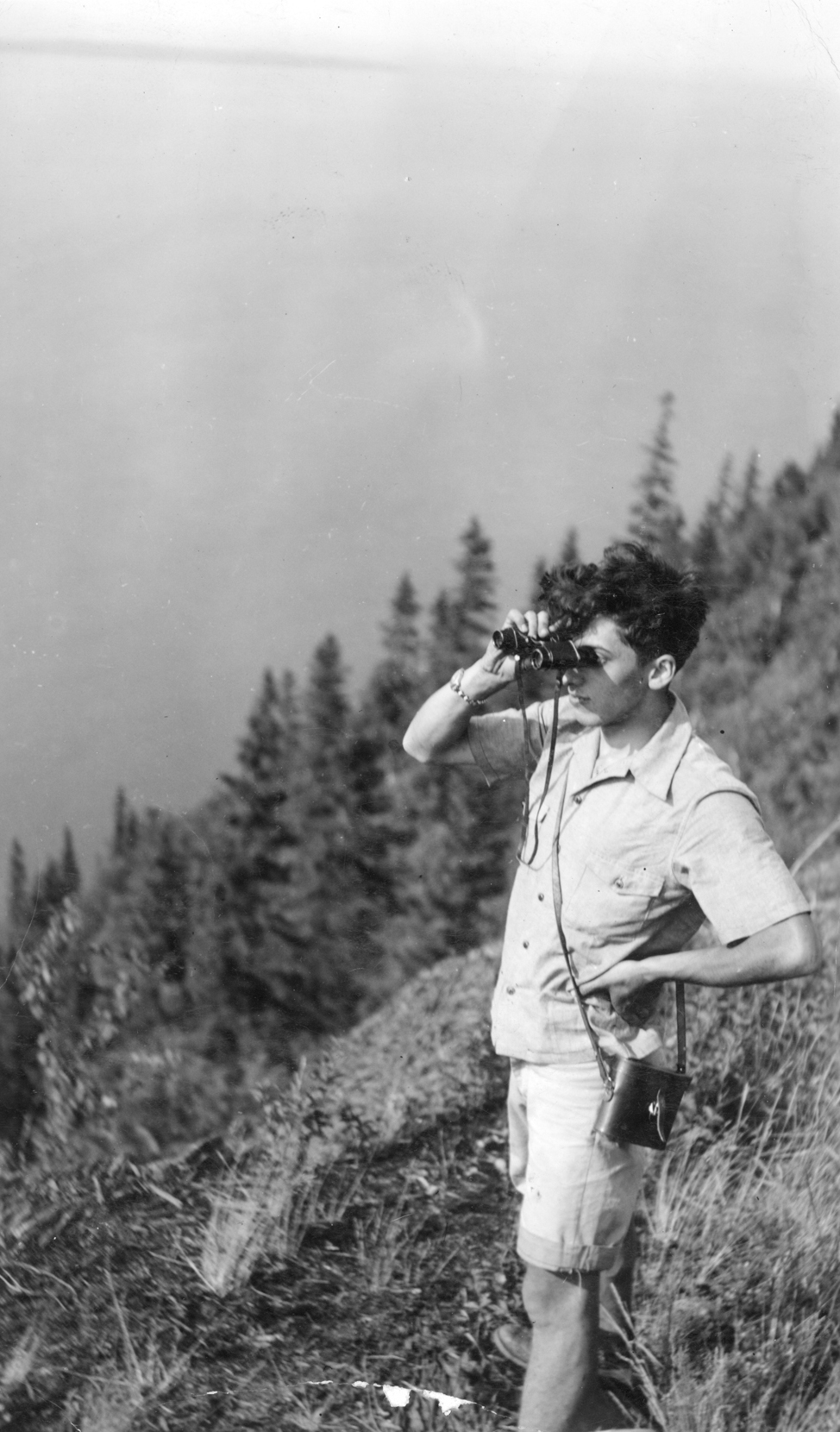
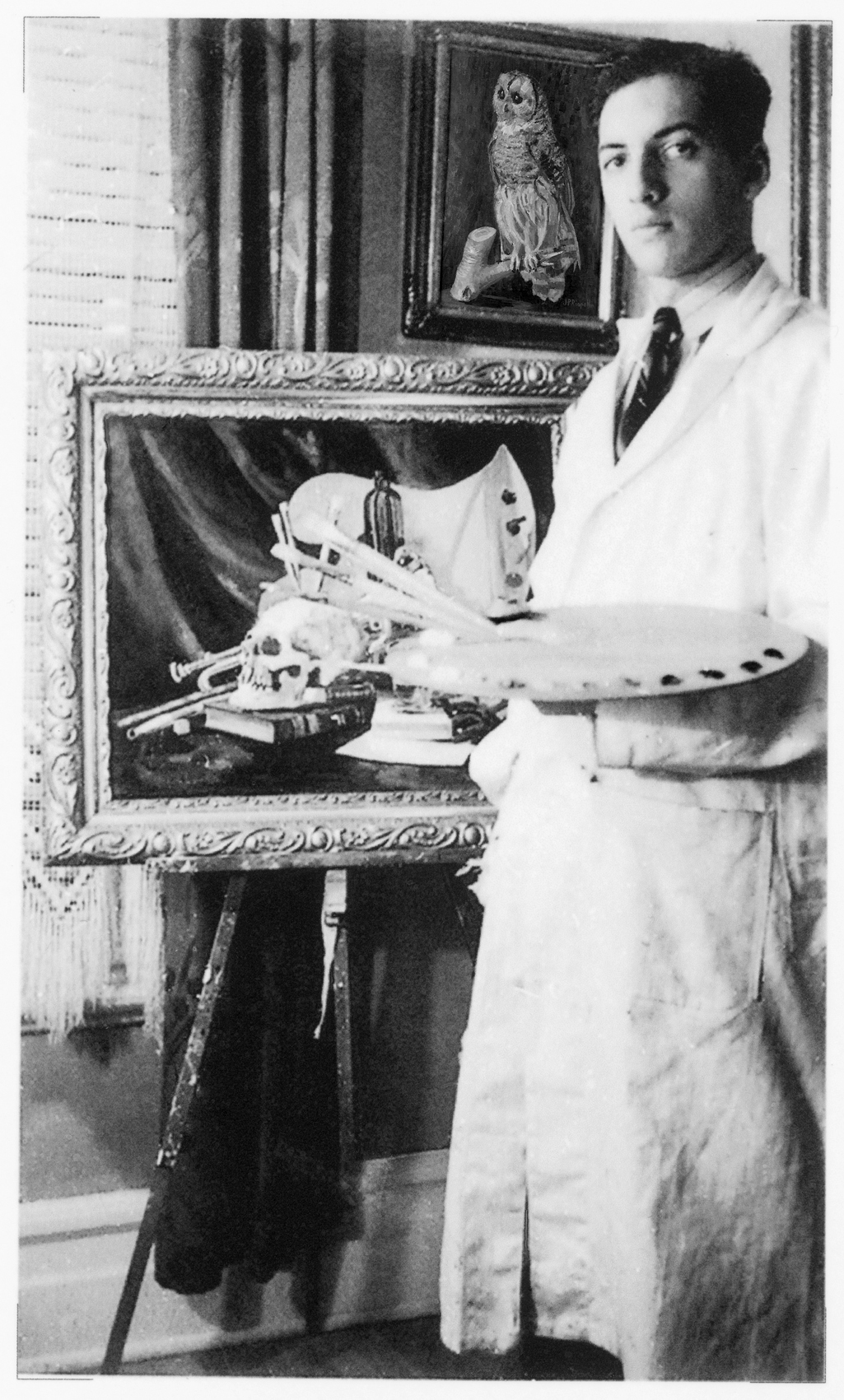
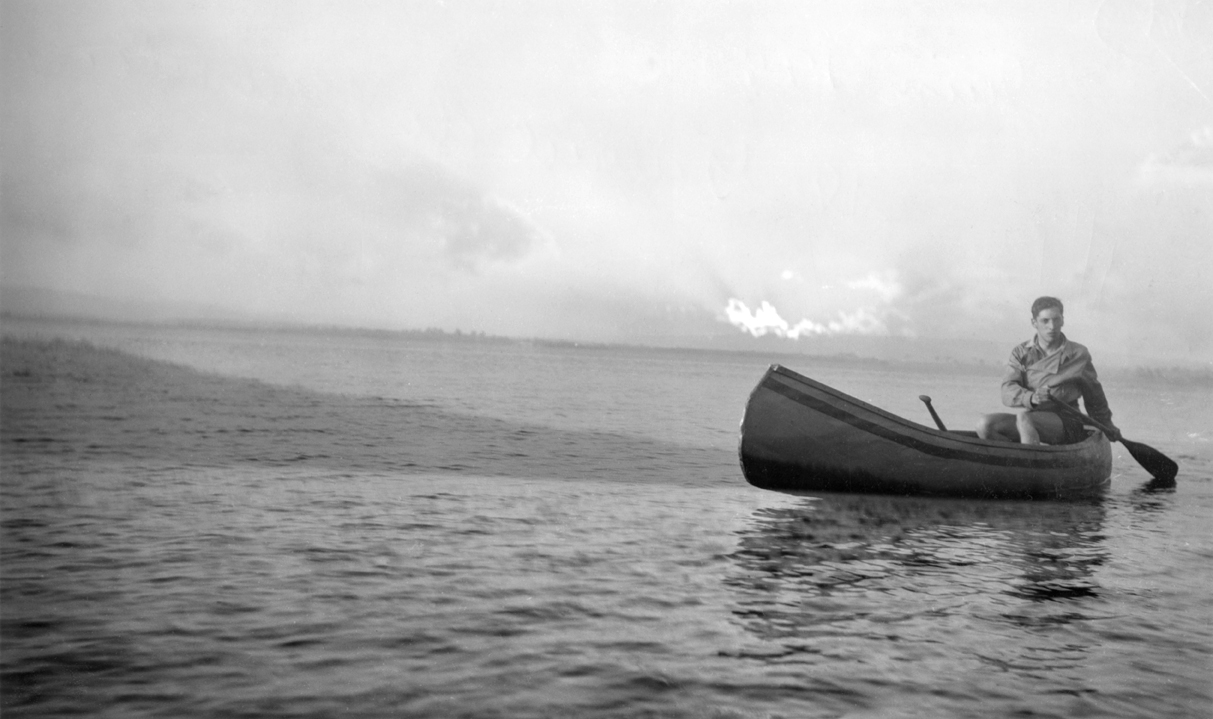
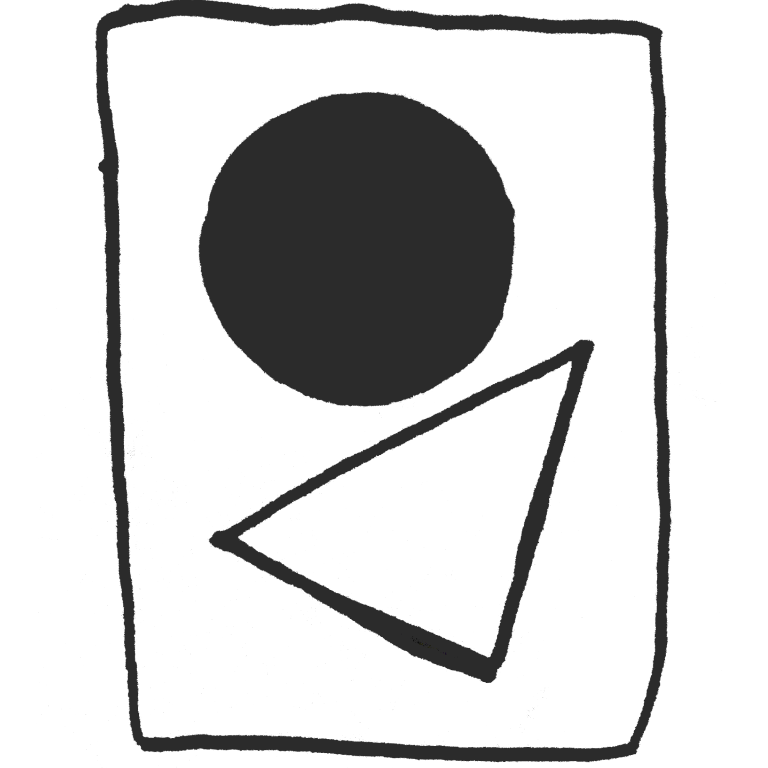 Youth Project
Youth Project
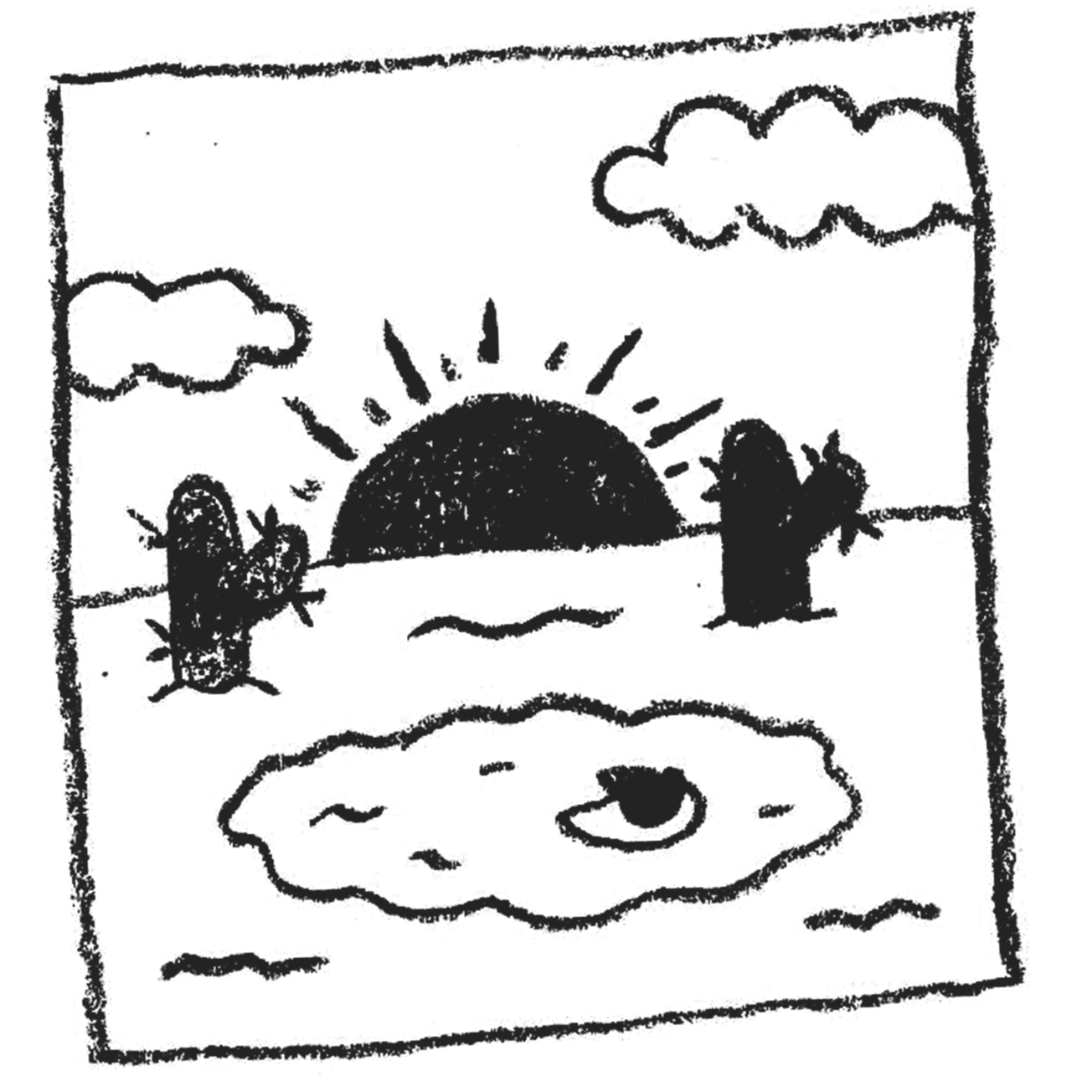 Teen Project
Teen Project
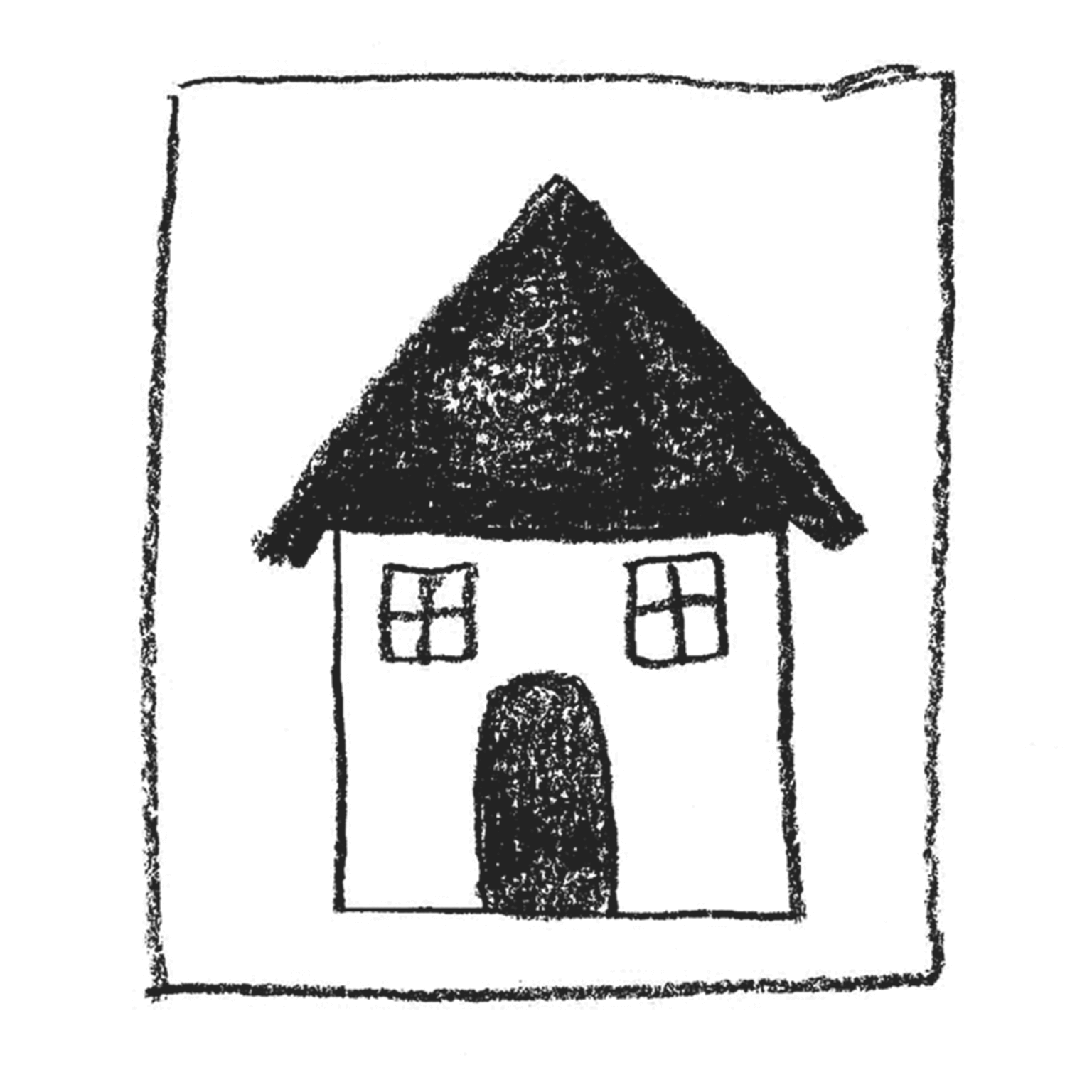 Project for Everyone
Project for Everyone
